Many people don’t think twice about getting rid of their old coffee maker, but disposing of it properly is important for a few reasons. First and foremost, you can help to reduce waste by ensuring that your coffee maker is disposed of correctly. This means taking it to an appropriate recycling center or donating it to a charity if it still works.
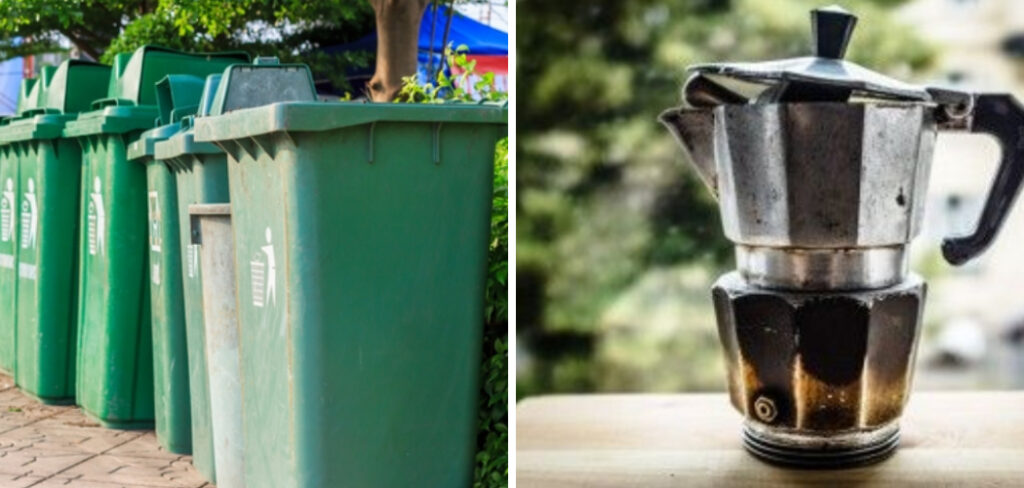
There are many advantages to properly disposing of an old coffee maker. First and foremost, it is important to do so to be eco-friendly. Coffee makers contain plastic, metal, and other hazardous materials that can be recycled or disposed of responsibly instead of ending up in landfills where they take a long time to decompose. In this blog post, You will learn in detail how to dispose of old coffee maker.
Step-by-Step Processes for How to Dispose of Old Coffee Maker
Step 1: Inspect the Coffee
Carefully inspect the coffee maker for any signs of damage or malfunctions. If there are any functional issues, it is best to dispose of the appliance immediately. Before disassembling and recycling the appliance, ensure it has been unplugged from its power source. This will prevent potential electrical shock or damage when handling the appliance.
Step 2: Remove All Components
Most coffee makers come with several removable parts and accessories. It is important to completely remove these components before attempting to dispose of the appliance. This includes filters, carafes, lids, and other pieces that can be removed from the main unit.
Once all components have been removed, separating any plastic and metal parts is best. This will simplify recycling the appliance as different materials require specific disposal processes.
Step 3: Dispose of Small Components Properly
Smaller pieces, such as filters or lids, can usually be disposed of in regular trash bins. However, check with your local waste management company to ensure this is possible. Most large metropolitan areas have recycling centers where metal components can be recycled safely. Taking these parts to the center will help ensure that hazardous materials are disposed of properly and kept out of landfills.
Step 4: Recycle the Plastic Pieces
Depending on your location, plastic pieces can be recycled at a local recycling center or thrown away with regular trash. Check with your local waste management company for more information about where these components should go. Before disposing of the appliance, make sure to clean the exterior of the coffee maker. This will help prevent hazardous materials from entering the environment while the appliance is recycled.
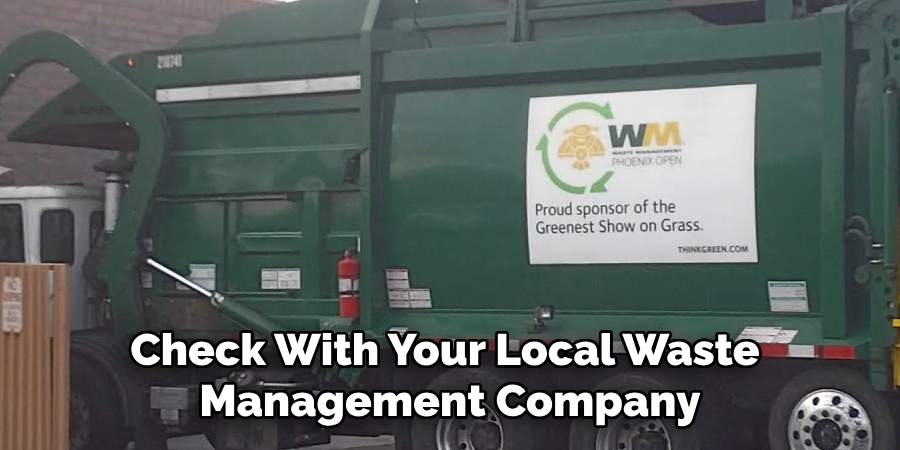
Step 5: Find a Local Disposal Center
If all else fails, contact your local disposal center for advice on properly disposing of an old coffee machine. They should be able to point you in the right direction and provide you with the necessary paperwork to ensure the appliance is disposed of correctly.
If all else fails, contact the manufacturer of your old coffee maker for advice on how to dispose of it safely. The company should be able to provide instructions on how to recycle the appliance or direct you toward a local waste management facility.
Remember that recycling a coffee maker is important to help reduce waste and keep hazardous materials out of landfills. By properly disposing of your old appliance, you can do your part to protect the environment! And always remember to recycle responsibly – not only for the environment but also for our health and safety.
Precautions for How to Dispose of Old Coffee Maker
- Before you get started, make sure your coffee maker is unplugged and completely cool to the touch.
- Please remember that small parts like screws or valves should not be put into public bins – they must be disposed of properly.
- Read the manufacturer’s instructions for disassembling and disposing of your old coffee maker correctly and safely.
- If you need more clarification about the process, consider hiring a professional to dispose of it safely and correctly.
- Ensure all parts of your coffee maker are recycled properly according to local regulations.
- Check with your local recycling center or hazardous waste facility to determine what materials can be accepted at each location before you go.
- If your coffee maker has potentially hazardous materials, such as batteries or metal pieces, dispose of them separately according to local regulations.
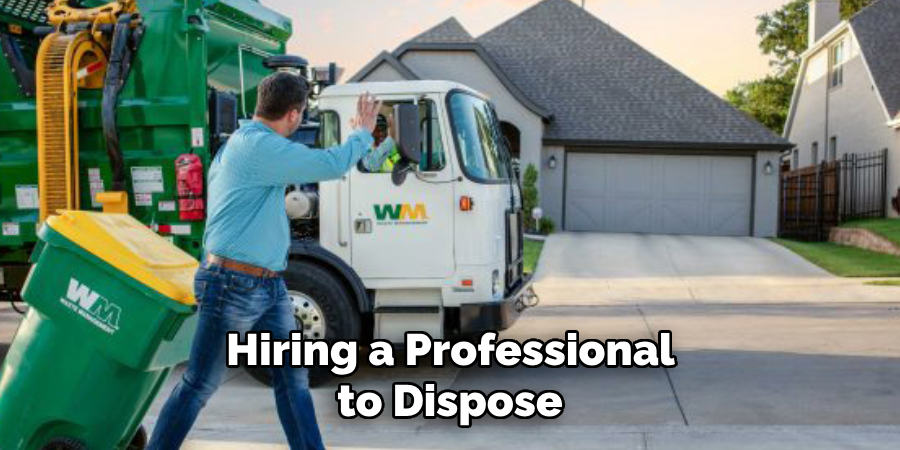
In general, safety should be a top priority when disposing of old coffee makers. Ensure all parts are handled properly and recycled correctly per local regulations.
Importance of How to Dispose of Old Coffee Maker
- Reduce Waste: One of the main reasons to properly dispose of a coffee maker is to reduce waste. Coffee makers contain many different parts, such as plastic, metal, and electronic components, that can be recycled or reused if disposed of correctly.
- Protect the Environment: Properly disposing of an old coffee maker helps protect the environment by limiting the amount of hazardous materials in landfills.
- Positive Impact on Society: When you properly dispose of an old coffee maker, you are positively impacting society as well. By taking it to a recycling center or donating it to charity, you can help reduce waste and ensure it does not end up in landfills.
- Prevent Pollution: Disposing of a coffee maker appropriately helps prevent pollution by reducing the amount of hazardous materials released into the air and water systems.
- Save Money: Recycling old coffee makers can also save you money. By selling or donating your old coffee maker, you can help offset the cost of purchasing a new one.
- Promote Sustainability: Properly disposing of your old coffee maker helps to promote sustainability by ensuring that the materials are reused or recycled instead of ending up in landfills where they take a long time to decompose.
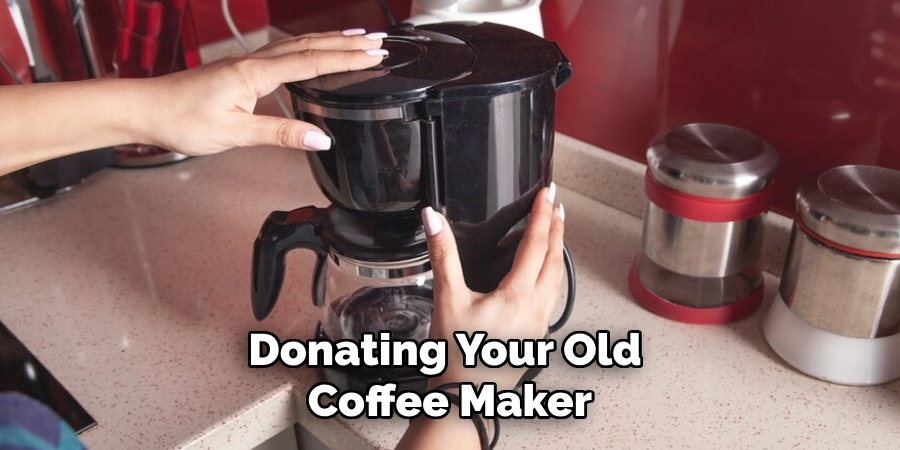
Causes of How to Dispose of Old Coffee Maker
- Unplug the Coffee Maker: Ensure the cord is unplugged from the wall before disassembling the machine. This will ensure that no one can get shocked while working on your old coffee maker.
- Remove Any Remaining Water or Grounds: Carefully pour out any leftover coffee grounds and water from the carafe and any water that may have been left inside the machine.
- Take Out Removable Parts: Remove all parts of the coffee maker that can be taken apart, such as the filter basket and carafe lid. Make sure to put these parts into a safe container for easy disposal later.
- Dispose of the Power Cord: Cut off as much of the cord as possible, then place it in a sealed bag before throwing it away. This will help to prevent any accidents while disposing of the machine.
- Take Apart the Body: Carefully take apart the body of the coffee maker by unscrewing all screws and bolts that are holding it together. Place all pieces into a safe container for disposal later.
- Recycle or Donate the Parts: You can try to recycle any metal parts of your old coffee maker. You can also donate the machine to a local charity or school that can use it for educational purposes. Otherwise, you can dispose of the machine according to local laws and regulations.
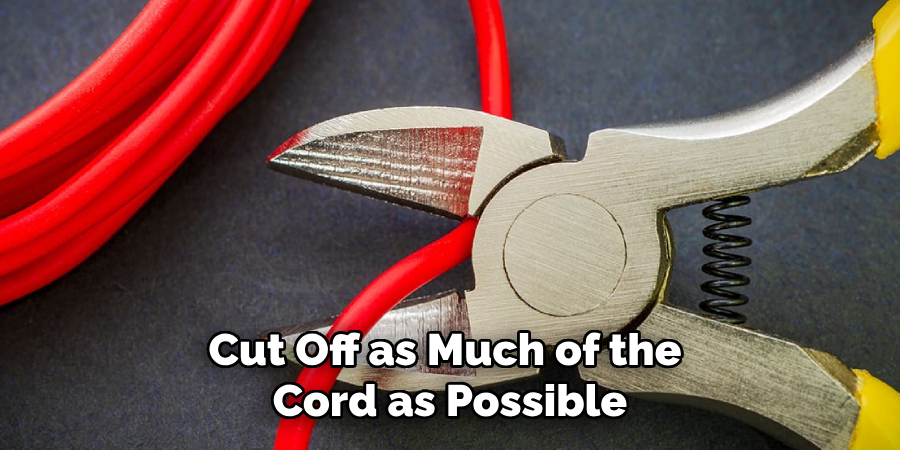
It is important to note that the exact method of disposing of an old coffee maker will vary depending on local laws and regulations. So make sure to research those rules before disposing of your machine.
Does the Environment Benefit From Recycling an Old Coffee Maker Versus Throwing It Away?
The answer to this question is a resounding yes. Recycling your old coffee maker reduces the amount of waste that goes into landfills and helps conserve natural resources by reducing the need for new materials in production. Additionally, recycling your old coffee maker can help reduce energy use associated with producing new goods. The process of recycling also creates jobs, as well as reduces the amount of pollutants released into the atmosphere from incineration and burning.
Finally, keeping hazardous materials out of landfills decreases the risk of these materials leaching into groundwater supplies. Ultimately, recycling an old coffee maker can have numerous environmental benefits.
On top of this, donating your used coffee maker may also be a great option for helping the environment and those in need. Donating your used coffee maker to a local thrift store or charity can help reduce waste and provide resources for those who cannot afford them otherwise.
Are There Any Specific Guidelines You Should Be Aware of to Ensure Your Old Coffee Maker is Disposed of Properly?
If you want to donate your old coffee maker, knowing any specific guidelines for its condition is important. To ensure that the item will function properly in its new home, ensure all parts are intact and functioning correctly.
Check the manufacturer’s website or contact them directly to see if they have a recycling program or other special instructions for disposing of their items. Additionally, you may want to clean the appliance first so it’s presentable and ready for use by its new owner.
You can also check with your local municipality or state government to see if there are any specific disposal guidelines for coffee makers. These guidelines may vary depending on where you live, so checking before donating or discarding your old coffee maker is a good idea.
Finally, if you don’t want to donate your old coffee maker, you can dispose of it responsibly in many other ways. Many recycling centers and e-waste facilities will accept electronic appliances like coffee makers for proper disposal.
What Are the Benefits of Recycling an Old Coffee Maker Versus Throwing It Away?
Recycling or disposing of an old coffee maker is an important way to help reduce the amount of waste that goes into our landfills. The decision to recycle or dispose of it depends on its condition and whether you plan to upgrade your equipment.
If you’re looking for a more environmentally friendly solution, recycling allows you to minimize your ecological footprint and repurpose an old coffee maker. Recycling your old coffee maker helps reduce the amount of waste that goes into landfills, saving vital resources.
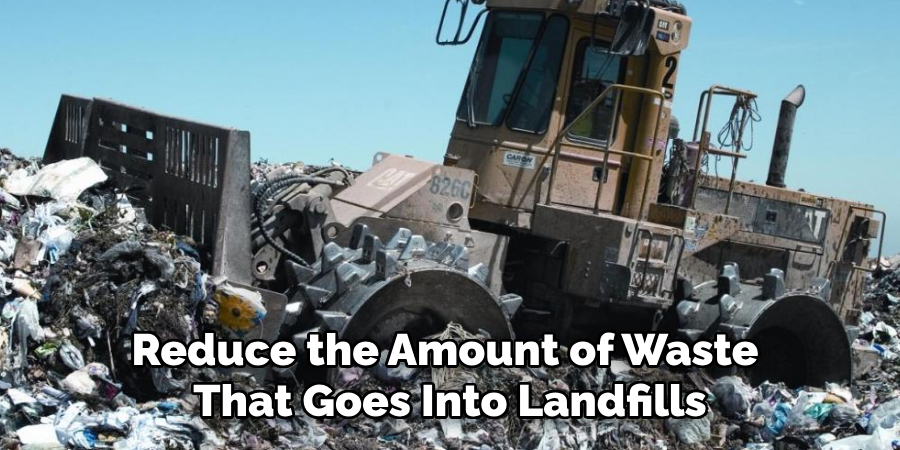
It also allows you to reduce energy usage since it takes less energy to recycle materials than to create new ones from scratch. Recycling your coffee maker also helps create jobs in the recycling industry and allows you to support local businesses.
If your coffee maker is still in working condition, consider donating it to a charity or finding another way of reprocessing it instead of simply throwing it away. You may find someone who can give your old coffee maker a new life with just a few simple repairs.
Are Any Potential Environmental Issues Associated With the Improper Disposal of a Coffee Maker?
Improper disposal of a coffee maker can have serious impacts on the environment. When these items are sent to landfills, they leach toxins into the soil and water supply. These toxins include lead, mercury, and other hazardous materials that can be dangerous when ingested or inhaled. Additionally, improper electronics disposal releases greenhouse gases and contributes to global warming.
If improperly disposed of, components in the coffee maker can also contain materials harmful to animals and wildlife, such as plastics, metals, and other electronic parts.
In addition to this, these items can take up valuable space when sent to a landfill. The accumulation of these items can lead to increased air pollution and soil erosion. Fortunately, there are many ways to properly dispose of an old coffee maker, from donating it to recycling centers and charities.
Taking the time to find a safe way of disposing of your coffee maker ensures that these items will be handled responsibly and minimize their environmental impacts.
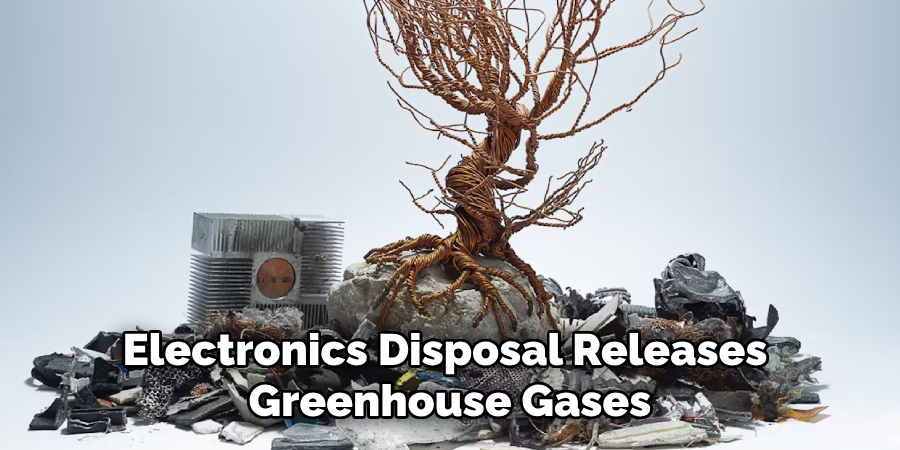
Conclusion
In conclusion, knowing how to dispose of an old coffee maker appropriately is important for keeping our environment clean. Proper disposal can save you both money and time while protecting our planet and ensuring that hazardous materials from the coffee maker don’t make their way into the environment. There are several options available for getting rid of your old coffee machine, including donating or recycling it.
It’s important to research and determine the best disposal option for you. This will help ensure that your old coffee maker is disposed of in the most responsible way possible. Reading this post has helped you learn how to dispose of old coffee maker. Make sure the safety precautions are carried out in the order listed.
Professional Focus
Angela Ervin, a former interior designer turned blogger, specializes in kitchen design and renovations. Through her website, she blends her passion for cooking with design expertise, sharing practical and creative ideas. Known for balancing functionality and beauty, Angela’s insightful content has made her a trusted voice in home design and lifestyle.
About the Author
Angela Ervin, an experienced interior designer and blogger, combines her passion for kitchen renovations with storytelling. Living in Petersburg with her family, she enjoys cooking and testing her projects firsthand. Known for her humor and relatable style, Angela shares creative, functional design insights through her content, making her a trusted voice in home design.
Education History
University: Virginia Commonwealth University
Degree: Bachelor of Fine Arts (BFA) in Interior Design
- Angela’s education at VCU focused on mastering core interior design principles, including spatial planning, color theory, materials selection, and sustainable design practices.
- She gained hands-on experience through studio projects and collaborative design exercises, which honed her ability to create functional and aesthetically pleasing environments.
- Her coursework also emphasized problem-solving and practical applications of design, preparing her for real-world projects like her self-directed kitchen renovations.
- The program’s strong foundation in both technical skills and creative expression shaped Angela’s ability to seamlessly integrate form and function in her work.


